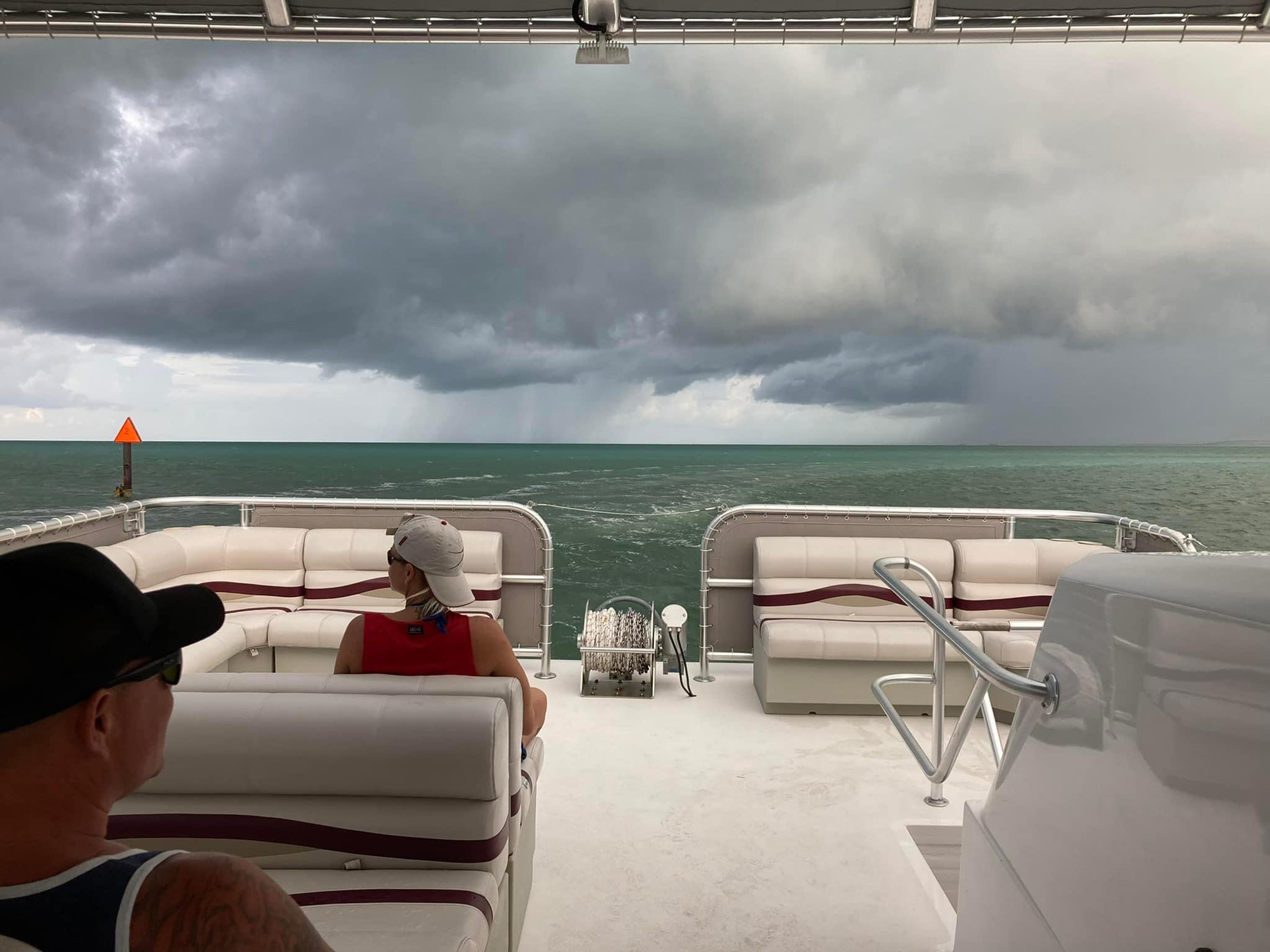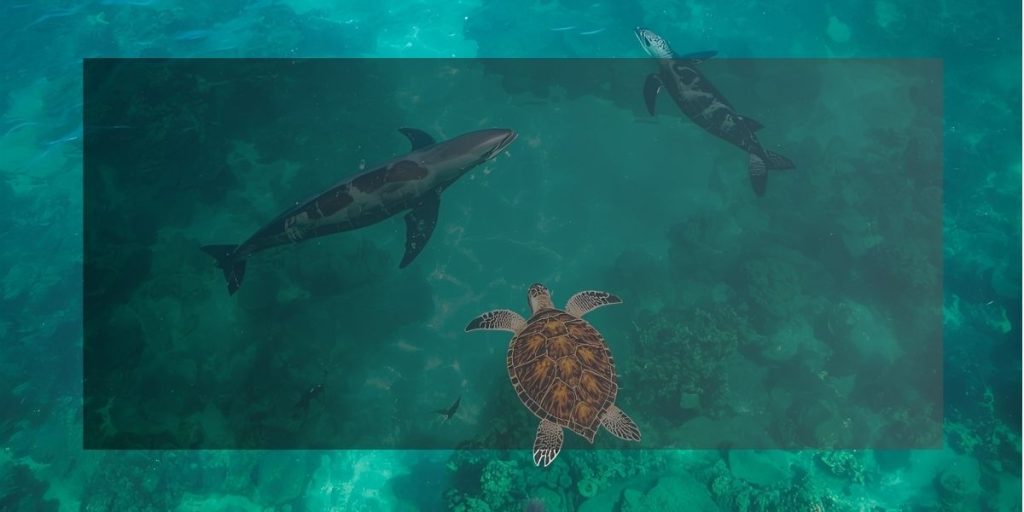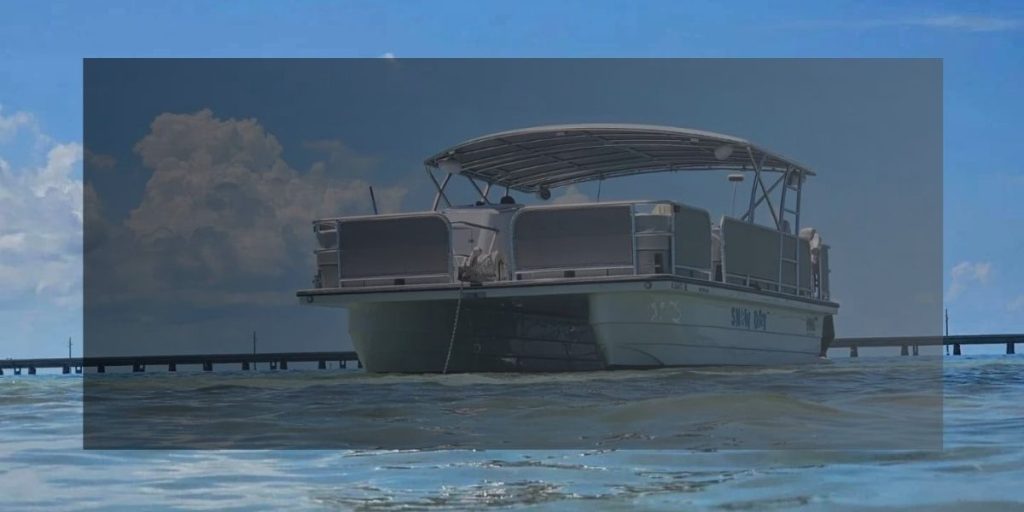Your Gateway to Trophy Fishing in Marathon’s Offshore Waters
Experience the Deep Blue with Offshore Fishing in Marathon, FL
If you’re chasing trophy catches and unforgettable adventures, our offshore fishing charters in Marathon, FL deliver the thrill of the deep sea. These trips take you 10–30+ miles beyond the reefs and wrecks, leading out to the Gulf Stream and the legendary Marathon Hump, where mahi-mahi, sailfish, tuna, marlin, and wahoo roam.
Whether you’re a hardcore angler or a family seeking the ultimate Florida Keys experience, our offshore trips combine big-game excitement with the comfort of a luxury 35’ catamaran. As a result, you’ll enjoy both adventure and relaxation in one unforgettable outing.
Why Choose Offshore Fishing?
Offshore fishing is the ultimate Florida Keys adventure. While inshore and nearshore trips stay close to land, offshore fishing takes you farther—10–30+ miles into deep water where pelagic giants roam. however, the reward is unmatched when a sailfish tail-walks across the surface or a mahi explodes on the line.
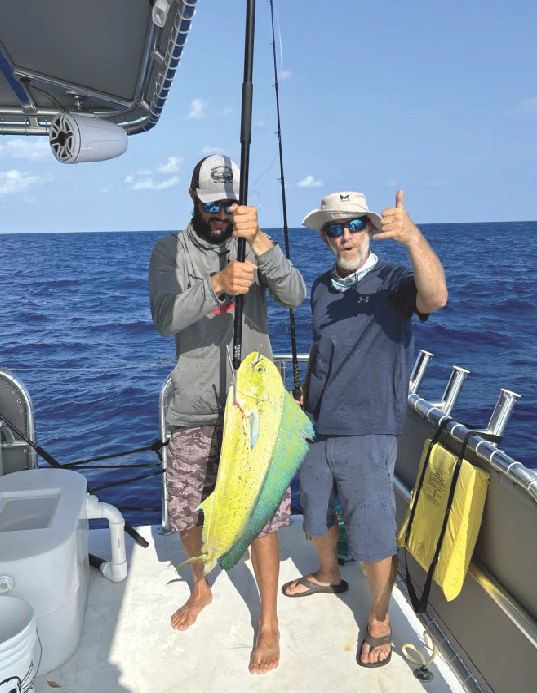
Perfect for those ready to go beyond reefs and chase the true giants of the Keys.
Moreover, our catamaran’s stability helps minimize motion, ensuring smoother rides.If you’re prone to seasickness, we recommend taking preventative medication before departure.
Prime destination For Offshore fishing
Your Ride: Luxury & Confidence Offshore
Heading offshore requires a boat built for performance and comfort. That’s why ours is equipped with advanced navigation and safety gear, including a VHF radio, life jackets, and first-aid equipment.
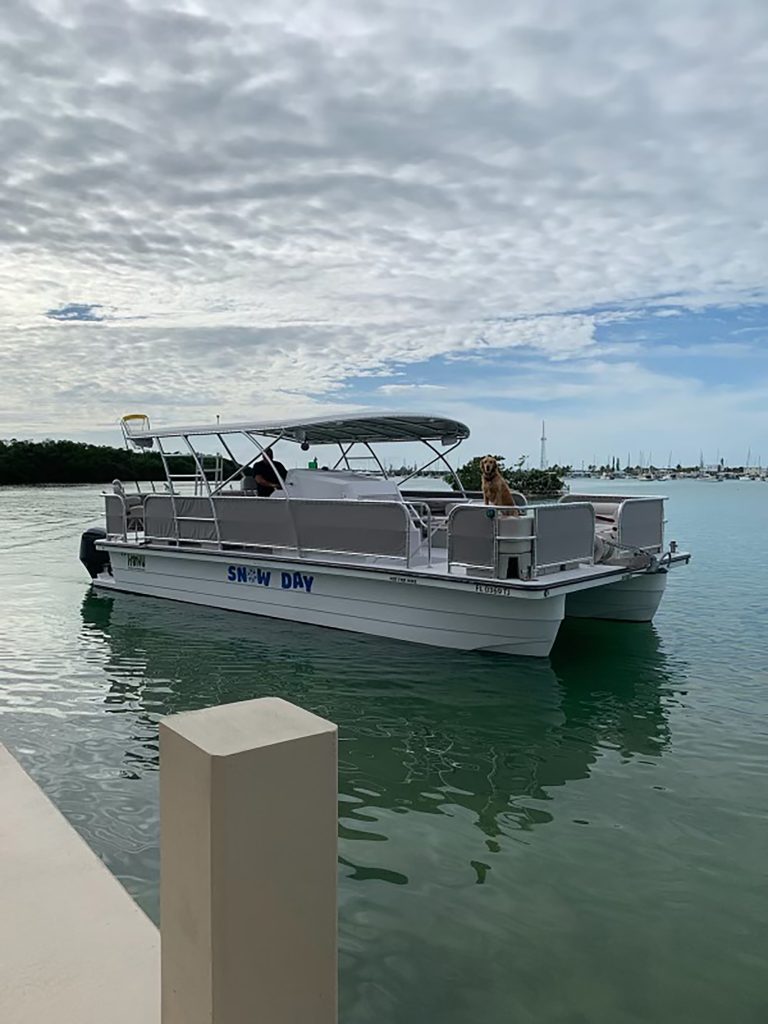
Offshore Species by Season
Marathon’s offshore waters are productive year-round. Here’s what you can expect each season:

Spring
(March–May):
Peak season for sailfish and blackfin tuna around the Marathon Hump.

Summer
(June–August):
Mahi-mahi, wahoo, and marlin dominate the Gulf Stream.

Fall
(September–November):
Steady action with tuna, king mackerel, and mahi.

Winter
(December–February):
Sailfish and wahoo shine offshore, with grouper and snapper on deeper drops
Regardless of the season, our captains always know where the action is hottest.
Techniques & Conservation
Depending on conditions and target species, offshore fishing may involve:
- Trolling with baits or lures for tuna, mahi-mahi, wahoo, and marlin.
- Deep dropping for snapper, grouper, and tilefish in 400–600+ feet of water.
- Kite fishing and live baiting for surface feeders like sailfish and tuna.
- Chunking (drifting with cut bait) to attract schools of pelagics.
At Custom Cat Charters, we also prioritize sustainable practices.. We release billfish and other sportfish, follow all Florida bag limits, and clean and fillet your edible catch (like mahi, tuna, and grouper) for a true dock-to-dinner feast.
Trip Options & Pricing
Choose the adventure that suits your crew and schedule best:

3/4 Day Offshore Adventure (6–7 Hours)

Full-Day Big Game Hunt (8–12 Hours)
Both trips include premium tackle, bait, fishing licenses, ice, bottled water, and expert crew guidance.
Special Offshore Experiences
- Trophy Fishing Trips: Chase billfish, mahi, and wahoo in the Gulf Stream.
- Family-Friendly Offshore Charters: Comfort-focused trips for kids & parents.
- Custom Multi-Species Hunts: Combine trolling, deep dropping, and live baiting.
As a bonus, our flexible trip structure ensures a fun and action-packed experience for every guest.
Explore Offshore Packages
Inshore vs Nearshore vs Offshore Fishing
Which trip is right for you?
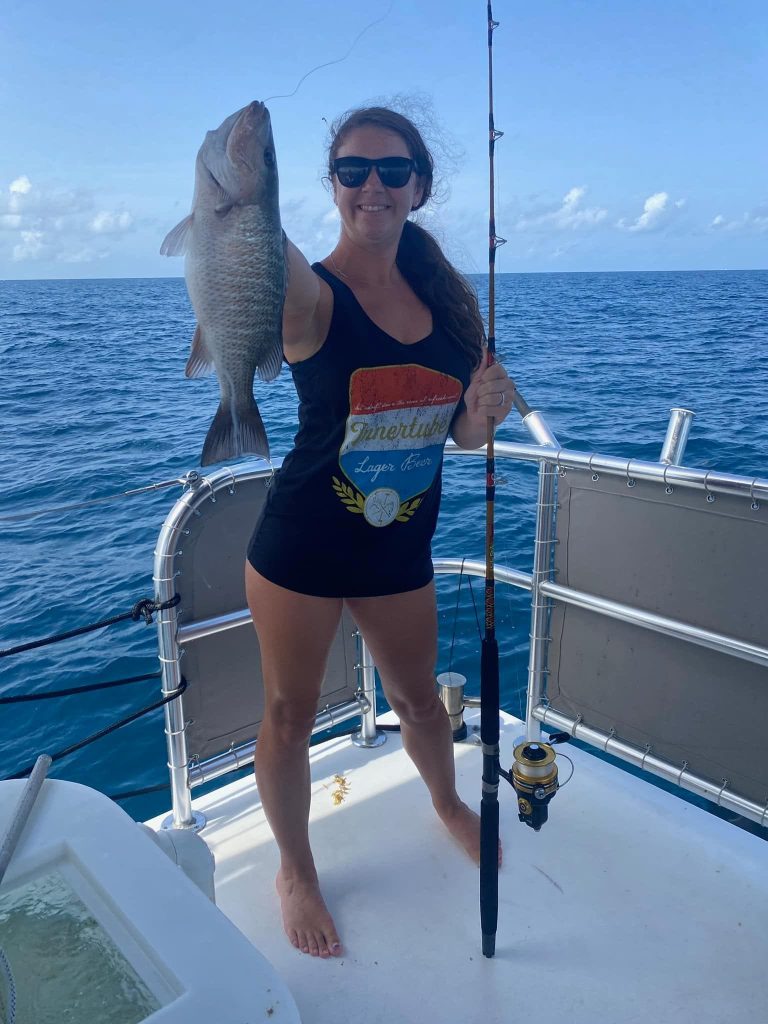
Inshore:
Calm waters, short rides, smaller species (snapper, snook). Great for kids.
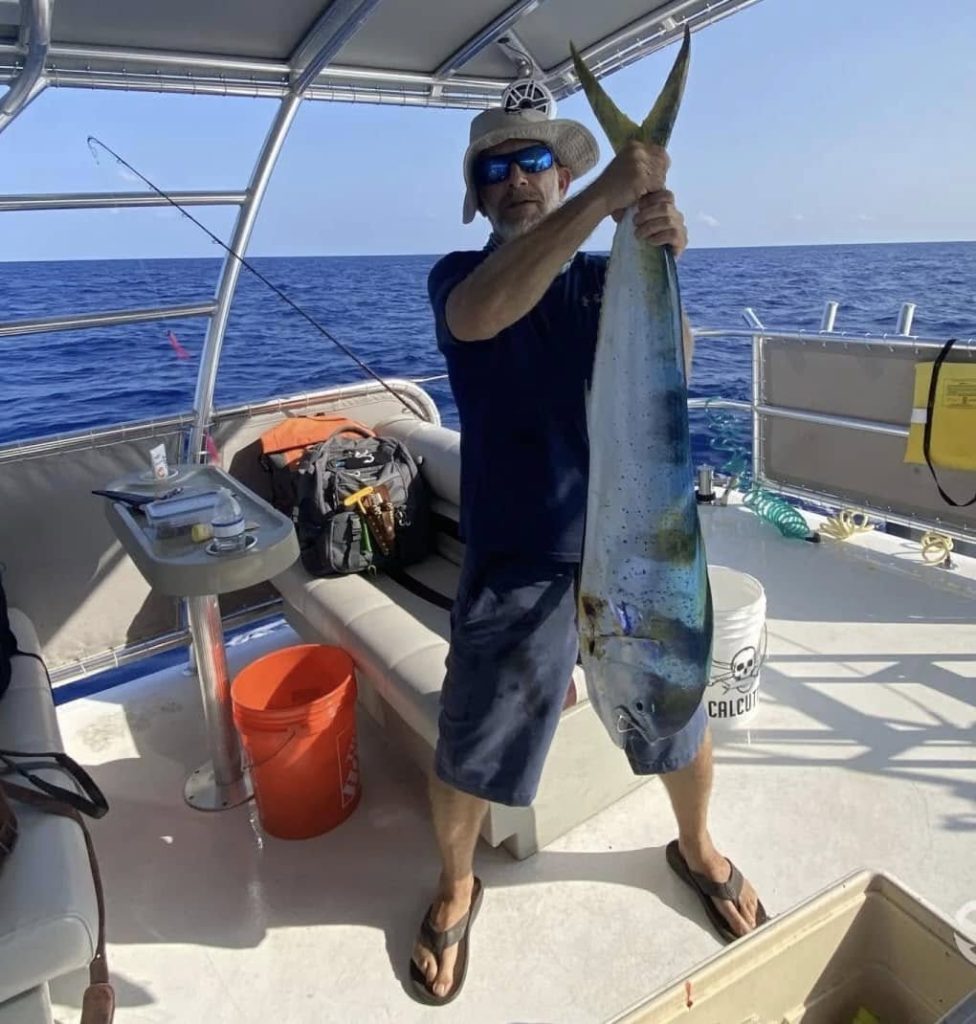
Offshore:
Deep sea, 10–30 miles out, trophy pelagic fish (mahi, sailfish, tuna, marlin).
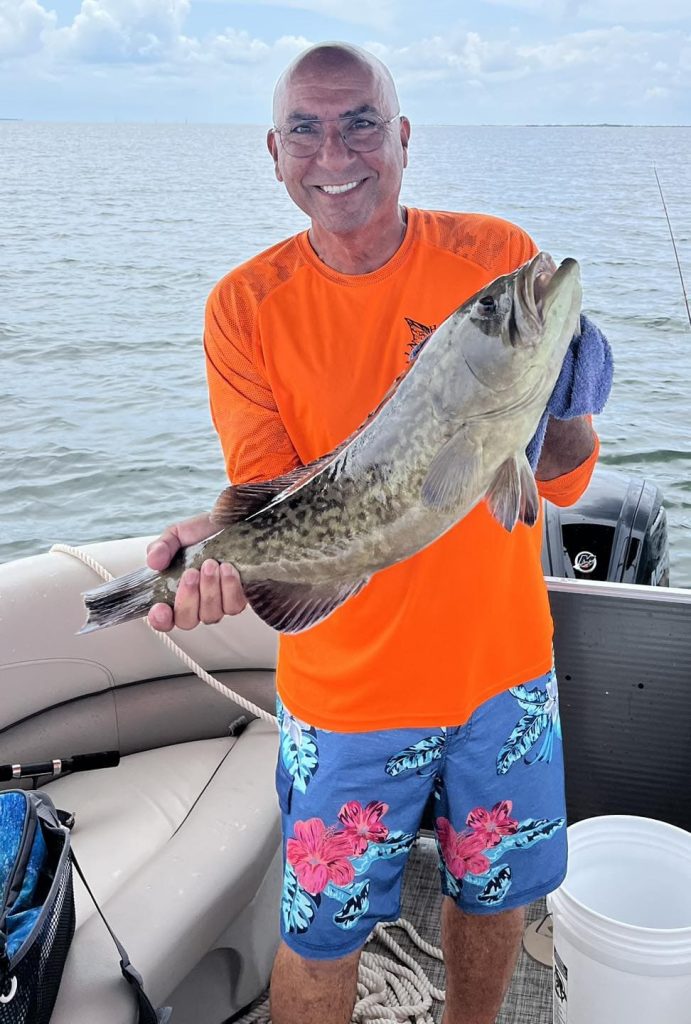
Nearshore:
Reefs & wrecks, 2–9 miles offshore, mid-sized fish (grouper, amberjack).
Why Choose Custom Cat Charters Offshore?
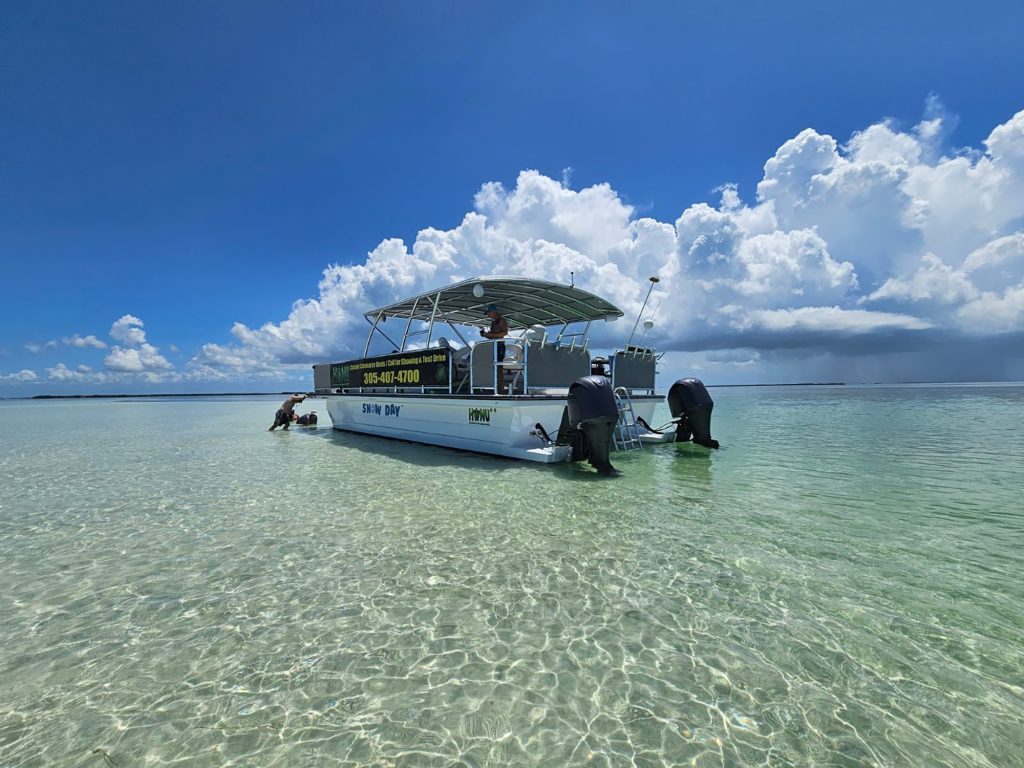
Explore Our Other Charters & Experiences
At Custom Cat Charters, we offer more than just offshore adventures. Explore our other private charters and create your perfect Florida Keys experience:
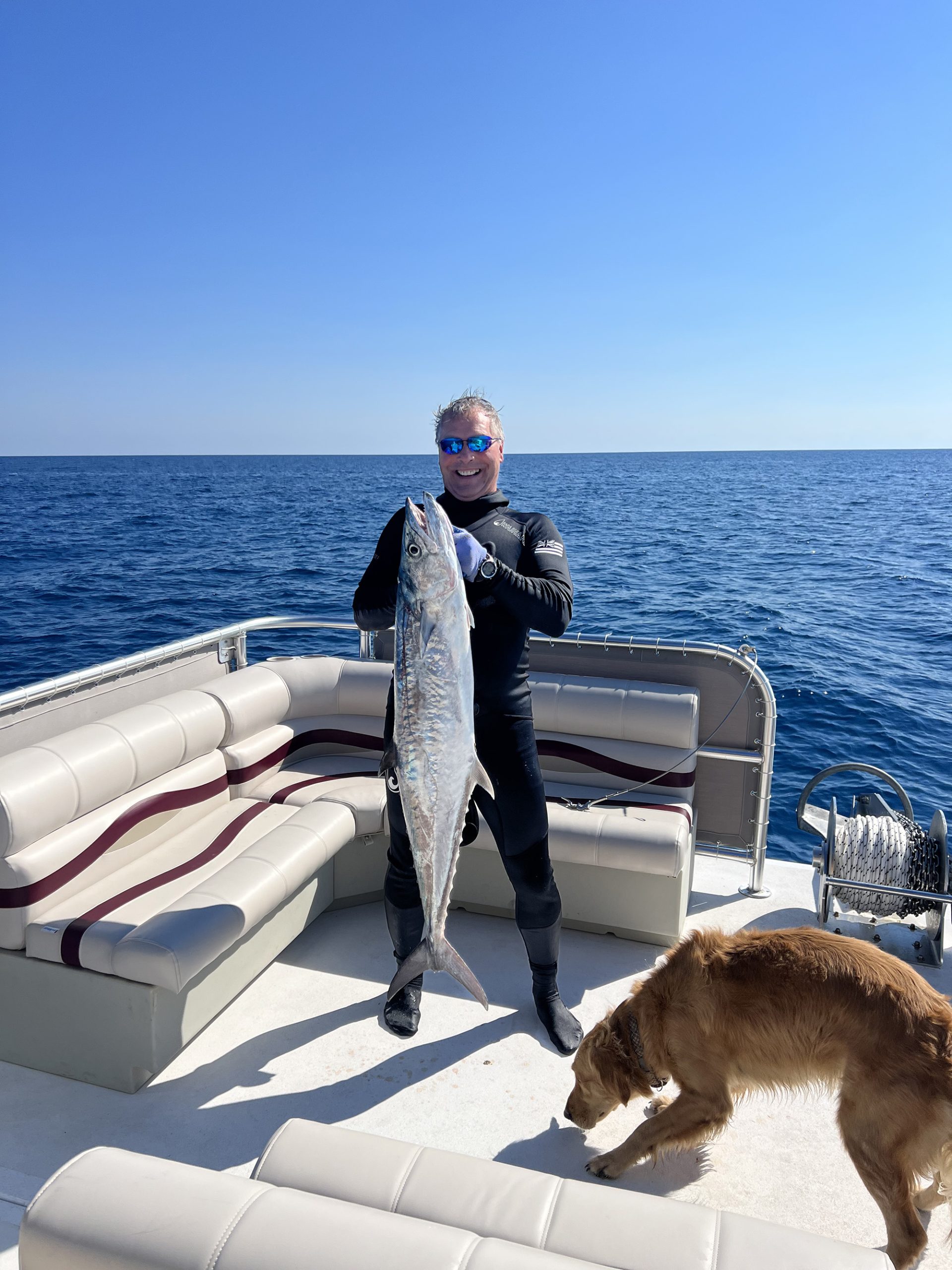
Inshore Fishing
Stay close to shore in calm waters and catch snapper, snook, tarpon, and redfish. Ideal for families, kids, and beginners.
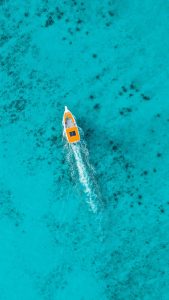
Sightseeing & Snorkel Trips
Enjoy dolphin watching, snorkel vibrant reefs, or relax at a sandbar. Perfect for families and groups wanting a mix of fun and relaxation.

Nearshore Fishing
Venture a few miles offshore to target grouper, snapper, amberjack, and king mackerel around reefs and wrecks. A great balance of comfort..
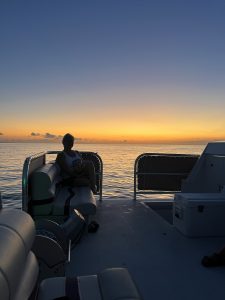
Sunset Cruises
End the day with a private cruise as the sun sets over the Florida Keys. Relax with your favorite drinks and soak up paradise.
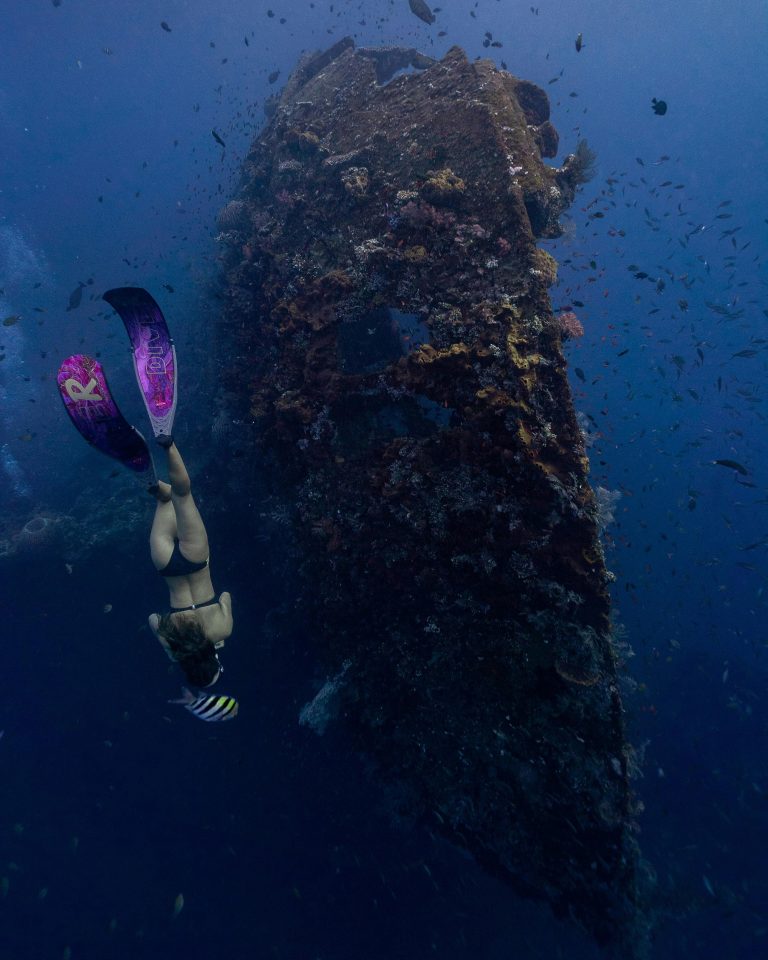
Reef & Wreck Fishing
Fish Marathon’s famous reefs and wrecks for snapper, grouper, and amberjack. Lots of variety, Full of adventures and non-stop action.

Destination Weddings on the Water
Celebrate your big day aboard our luxury catamaran. Perfect for weddings, proposals, anniversaries, or romantic getaways
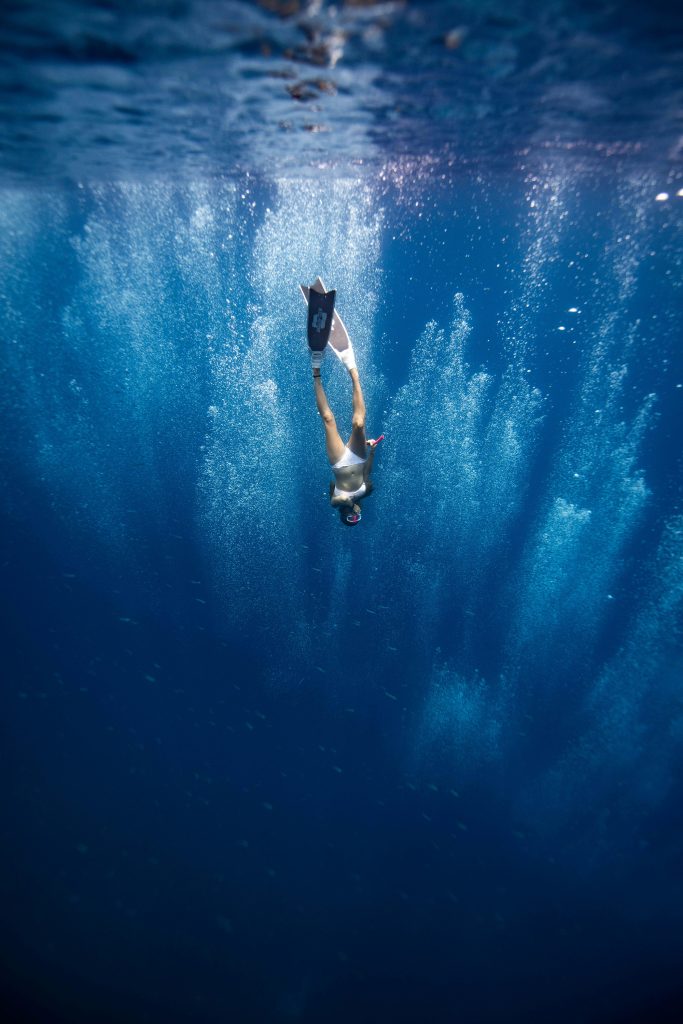
Shark & Barracuda Fishing
Feel the adrenaline rush of battling toothy predators like sharks and barracuda in the waters around Marathon.
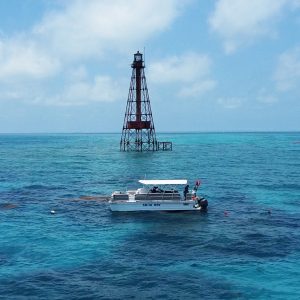
Real Review
Our guests’ stories say it best. Families, couples, and anglers alike share how Custom Cat Charters made their trip unforgettable. Join the many happy clients who sail with us with confidence.



